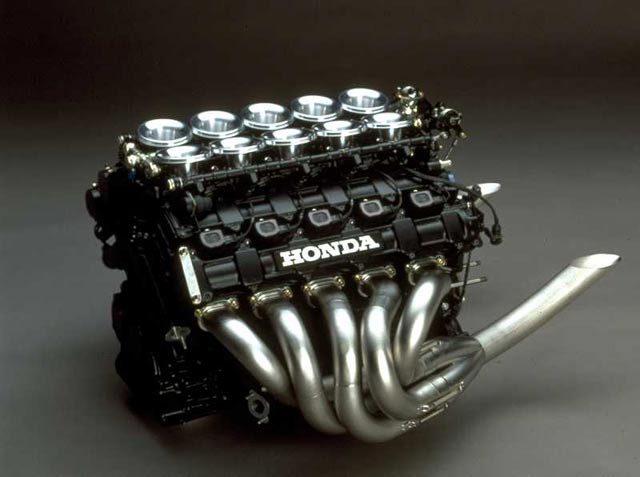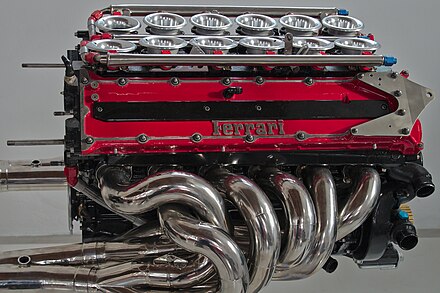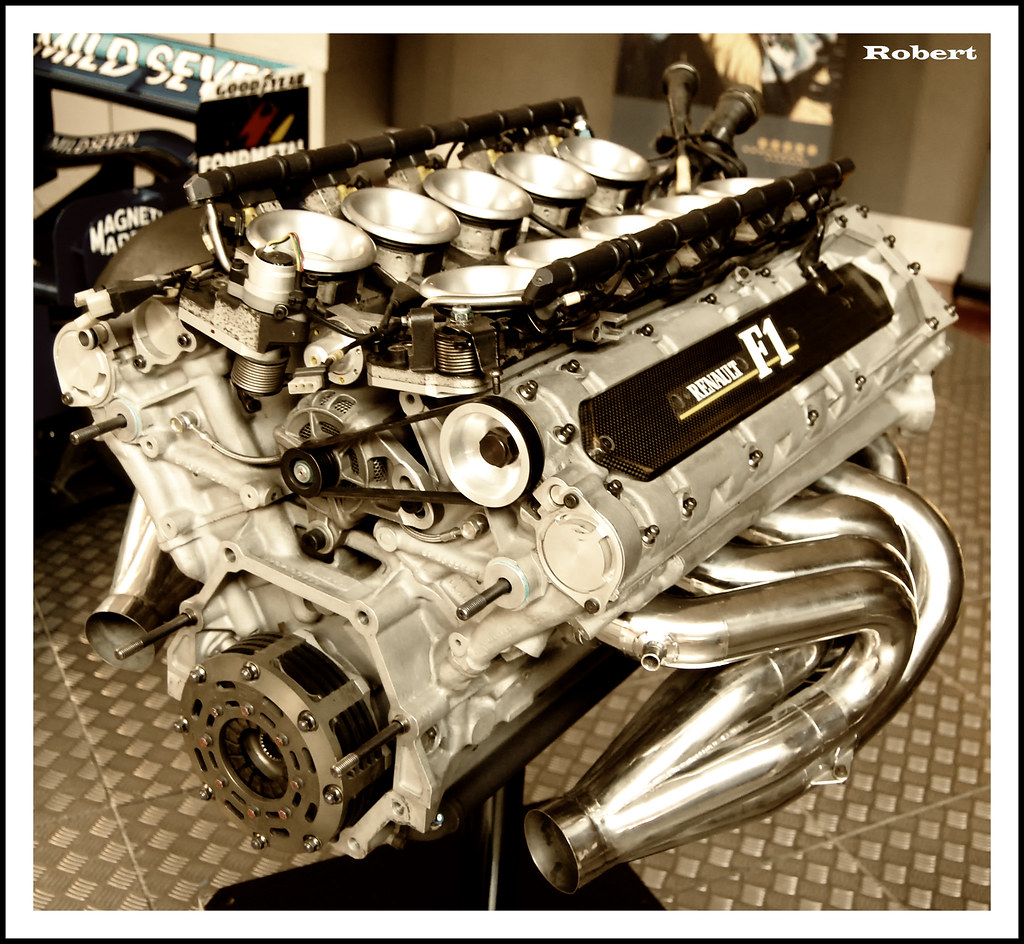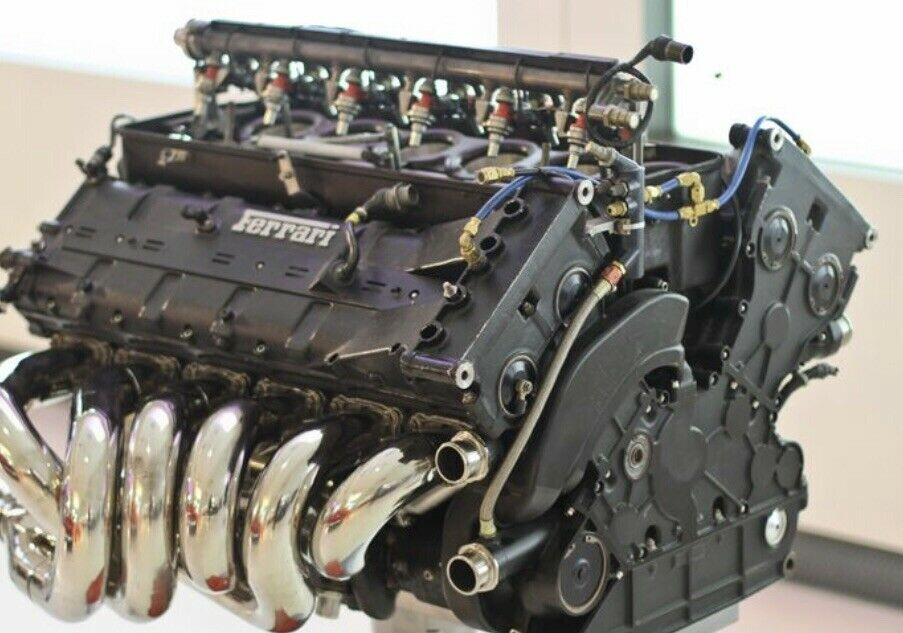


1989-1994 - 3.5 liter naturally-aspirated V8, V10 & V12 engines (V bank angle various)



1995-1997 - 3.0 liter naturally-aspirated V8, V10 & V12 engines (in 1996 V12 engines eventually retired permanently in Formula 1 + V bank angle still various)

1998-2005 - 3.0 liter naturally-aspirated V10 engine (V bank angle still various)


2006 - 2.4 liter naturally-aspirated V8 engine (V bank angle only 90 degree) and 3.0 liter naturally-aspirated V10 engine (V bank angle only 90 degree)

2007-2013 - 2.4 liter naturally-aspirated V8 engine (V bank angle only 90 degree) + in 2009 and 2011-2013 Formula 1 applied the KERS MHEV system

2014-present - 1.6 liter single-turbocharged V6 hybrid engine (V bank angle only 90 degree) with ERS, MGU-K, MGU-H, Control Electronics and rest of hybrid compounds
Since 1989, Formula 1 evolutes standardized the engine configuration gradually from engine displacement (1989-1994 was 3.5-liter, later 1995-2005 was 3.0-liter, later 2007-2013 was 2.4-liter and later 2014-present was 1.6-liter), later number of cylinders since 1998 (1989-1997 was V8-V12 NA later 1998-2005 NA was V10 later 2007-2013 was V8 NA and later 2014-present was V6 turbo hybrid) and later engine V bank angle was 90 degrees since 2006 until present. Except for the 2006 season all Formula 1 entrants had 90.9% utilized 2.4-liter V8 naturally-aspirated and 9.1% utilized 3.0-liter V10 naturally-aspirated (Toro Rosso-Cosworth only).
Last time before 2006, Formula 1 had various whole engine configuration was in 1988 when all Formula 1 entrants had 1.5-liter inline-4, V6 turbo, V8 turbo, 3.0 and 3.5-liter V8 naturally-aspirated engines.
Your thoughts?


